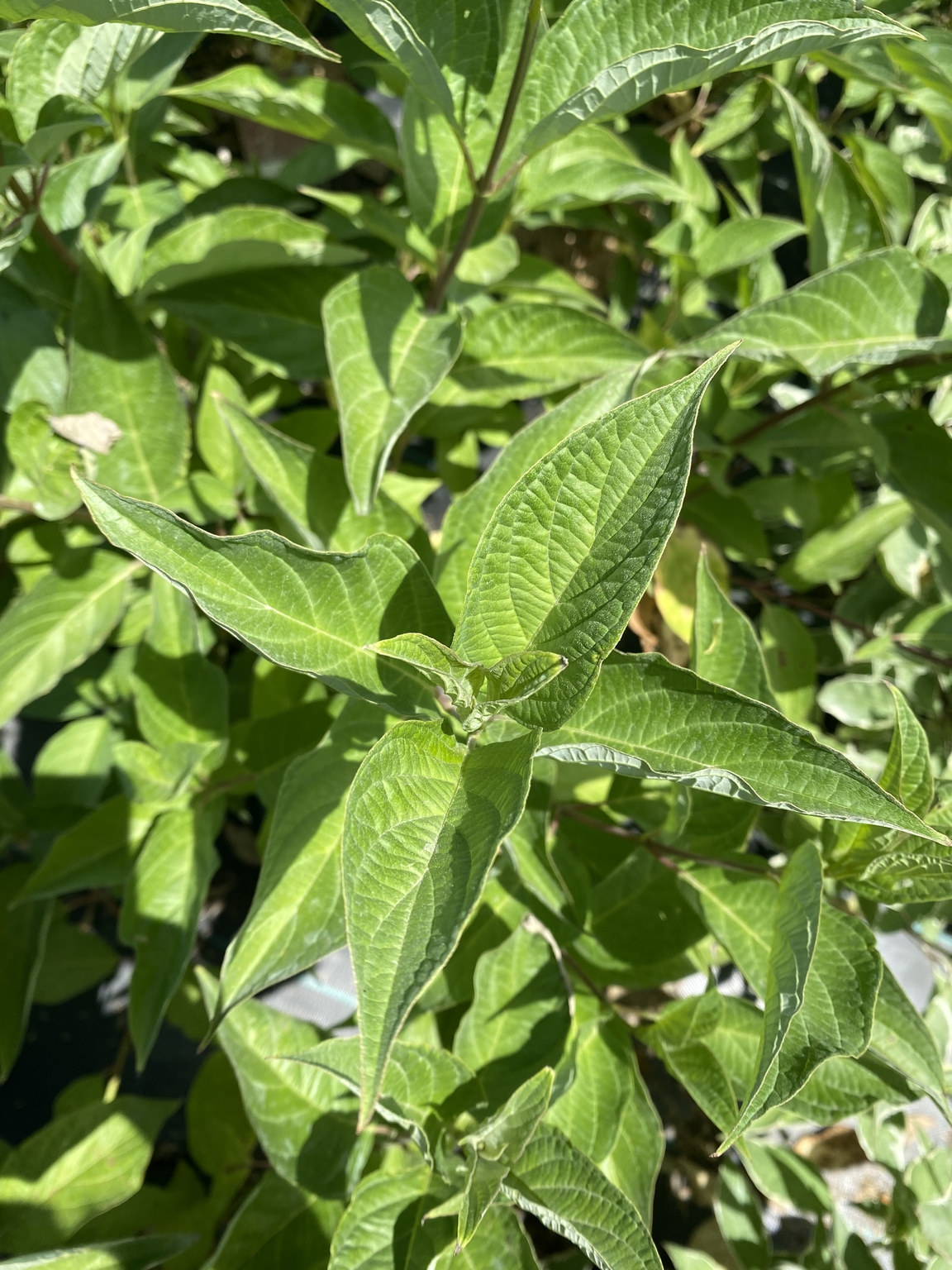Red Osier Dogwood Cuttings For Sale – The truth is that the idea of quality is deeply rooted in the philosophy of craftsmanship, heritage, and trust, which explains why certain items, often categorized as quality goods, tend to be prized more than others, even when they may come with a higher price tag. Another key benefit of second-hand goods is their positive impact on the environment. The ease and convenience of online sales have created a global marketplace where individuals can connect with buyers and sellers across the world. The process of selling it can be seen as a form of letting go, a recognition that the future may look different from the past, but that doesn’t diminish its importance or value. This leads to the accumulation of waste that ends up in landfills, contributing to pollution and the depletion of valuable resources. This can bring about feelings of uncertainty, as there’s no guarantee that the right buyer or partner will come along. When a person decides to sell something, they might weigh the pros and cons, debating whether it’s the right time or whether it’s really necessary to part with what they’ve had for so long. This ensures that the product is fully functional and free of defects, providing peace of mind for buyers. The internet, for example, has created a space where anyone can buy or sell almost anything, from physical products to intangible services. They are intended to last for a limited amount of time, after which they become outdated, broken, or no longer functional. Social media platforms, for example, offer users a chance to buy into their own identity, to curate a version of themselves that is more appealing, more desirable, more marketable. This pride comes not just from the product itself, but from knowing that you are supporting a tradition of craftsmanship and care. The online second-hand market has also made it possible for people to buy and sell niche items that may not be available in local stores. In this world, emotions can feel like products, available to be consumed at will and disposed of when they no longer serve a purpose. The rise of online platforms dedicated to the sale of second-hand goods has also played a significant role in the growing popularity of pre-owned items. While there are certainly markets where affordable goods are a necessity, quality goods for sale often come with a premium price tag. Each item was unique, and the quality was immediately apparent to the buyer. Even in a marketplace where everything is commodified, there is still room for those moments and experiences that transcend value. The act of selling can be both a release and a renewal, a letting go that paves the way for something new and unknown. Both the buyer and the seller are seeking the best possible terms, and finding common ground can be a challenge.

RED OSIER DOGWOOD 2 GAL Oxford InstaShade
Ready to plantwe sell big treesprofessional support

15 Red Osier Dogwood Cuttings 1215", Dormant, Ready to plant eBay
Ready to plantwe sell big treesprofessional support

18 Redosier Dogwood Cuttings Cornus Sericea Cut Etsy
Ready to plantwe sell big treesprofessional support

Red Osier Dogwood BULK BUNDLE 50 Branches Etsy
Ready to plantwe sell big treesprofessional support

Red Osier Dogwood Cuttings 15, Dogwood, Dog Wood, Cutting, Red Dog Wood
Ready to plantwe sell big treesprofessional support

Large Bundle Red Dogwood/willow Cuttings Etsy
Ready to plantwe sell big treesprofessional support

Red Dogwood Cuttings to Plant No Roots, Easy to Grow Grow Red Osier
Ready to plantwe sell big treesprofessional support

Red Osier Dogwood BULK BUNDLE 50 Branches Etsy
Ready to plantwe sell big treesprofessional support

Red Osier, Red Twig Dogwood Cutting Dingdong's Garden
Ready to plantwe sell big treesprofessional support

12 Cornus Sericea Redosier Dogwood Cuttings Cut FRESH Each Order 12
Ready to plantwe sell big treesprofessional support
The car represents possibility, and when it changes hands, it takes on new significance, a new role in a different life. Another key benefit of second-hand goods is their positive impact on the environment. A piece of art, for example, may be valued differently by various individuals based on personal taste, financial resources, or the emotional connection they feel to the work. For some, selling a business is a proactive decision to move on to new ventures, while for others, the sale might be the result of external factors, such as market downturns, changing consumer preferences, or regulatory shifts. Additionally, brick-and-mortar thrift stores and consignment shops provide a more traditional avenue for selling second-hand goods. One of the major environmental concerns with new products is the waste that they often generate at the end of their life cycle. Overpricing an item can lead to it sitting unsold, while underpricing it can result in lost potential revenue. Buyers can often filter search results by price, condition, and location, making it easier to find the best deals. When a car is put up for sale, it can feel like letting go of a part of one’s journey. The act of selling can be both a release and a renewal, a letting go that paves the way for something new and unknown. This leads to the accumulation of waste that ends up in landfills, contributing to pollution and the depletion of valuable resources. People are rediscovering the value of items that have been made by hand, with care and skill, as opposed to the impersonal, assembly-line products that dominate the marketplace. The idea of “buying quality” is not just a luxury; it’s a mindset that encourages consumers to think beyond the momentary gratification of cheap purchases and focus instead on long-term value and satisfaction. The most obvious benefit is the cost savings. The marketplace, for all its flaws, has brought about great innovations. When you look at something marked as “for sale,” you’re not only seeing an item; you’re seeing the possibility of a change, whether it’s the beginning of a new ownership, the end of a relationship with an object, or simply the result of a decision to move forward. They also have access to networks of potential buyers and sellers, which can help expedite the sale process and increase the chances of a successful transaction. While buying and selling second-hand items can come with its challenges, the rewards—both financially and environmentally—make it a worthwhile pursuit for many people. The artist who created it may have one understanding of its worth, while a collector may see it as a valuable investment, and a casual admirer might simply appreciate its beauty without considering its monetary value. The world of second-hand goods for sale is vast and varied, encompassing everything from clothing, electronics, and furniture, to books, antiques, and collectibles.
With the rising costs of new products, especially in categories like electronics, clothing, and furniture, purchasing second-hand items can offer significant savings. There are communities that exist outside the realm of traditional commerce, where sharing, collaboration, and mutual support take precedence over profit. Manufacturing new items requires energy, raw materials, and natural resources, all of which contribute to environmental degradation. It’s a moment of transition, and as with all transitions, it brings with it both excitement and uncertainty. Cars, too, are often sold with a sense of transition. When we begin to view everything through the lens of commerce, it’s easy to lose sight of the things that make life worth living — the moments that aren’t for sale, the experiences that can’t be bought. Every click, every like, every follow, is part of an ongoing transaction. This connection between consumers and the creators of quality goods is something that’s been fostered for centuries. A house can be bought, a car can be sold, a watch can be pawned. Whether through thrift stores, flea markets, online platforms, or garage sales, second-hand goods provide consumers with an opportunity to find items they might not otherwise be able to afford, while also contributing to a circular economy where products are reused and repurposed. The perceived high cost of these items has led some to opt for cheaper alternatives. Economic downturns, for example, can influence the types of businesses that are put up for sale, as struggling companies may look to exit the market. Even in a marketplace where everything is commodified, there is still room for those moments and experiences that transcend value. In a circular economy, items are kept in use for as long as possible, reducing the need for new resources and minimizing environmental harm. Whether it’s a handmade leather bag, a vintage watch, or a luxury car, the term “quality” brings with it an expectation — an assurance that the item in question has been crafted with care, attention to detail, and materials that can stand the test of time. Sometimes, a sale can feel like the closing of one chapter and the opening of another. The second-hand market is not just about saving money; it’s about embracing a more sustainable, mindful way of consuming that values reuse, repurposing, and the stories behind the items we choose to keep. Online platforms also offer the convenience of searching for specific items, whether it’s a rare collector’s item, a particular brand of clothing, or a piece of furniture that fits a specific design style. Online platforms such as eBay, Craigslist, and Facebook Marketplace have made it easier than ever for individuals to sell their unwanted items to a global audience. Whether it’s a rare collectible, a discontinued item, or a vintage piece of clothing, online platforms offer a global marketplace where buyers and sellers can connect over products that may not be easily found elsewhere.